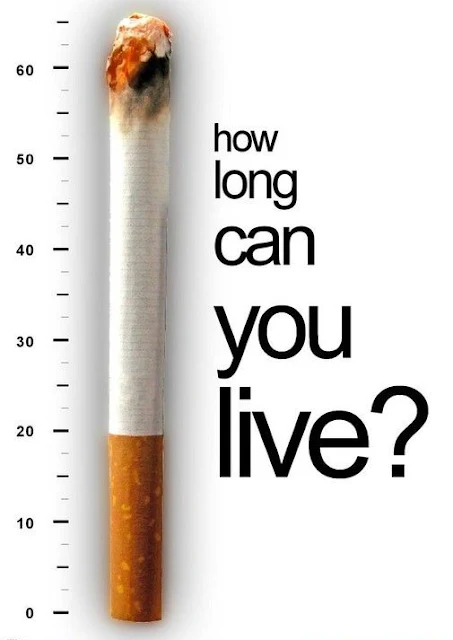In economics there is a concept known as the law of unintended consequences, which, in simple terms states, that when you upset a complex system - by, say, government intervention - the results can often be unexpected, and sometimes deleterious. One such recent example looks at ratios in child births.
“There’s a natural ratio of men to women for our species, and it is not equal. For every 100 girls, 105 boys are born. But in some places, like India and China, the ratio is skewed. One Chinese city recorded an astounding 163 boys born per 100 girls. So, why is this happening?
The ultrasound.”
Expecting parents, wanting a boy - a much more valued resource in some economies - are able to abort unwanted girls. Infanticide. And the advent of technology is helping in this.
When researchers at the University of Missouri School of Journalism in the US set out to study the effects of two types of content commonly found in anti-tobacco television messages - namely the use of fear and images of disgust - they found that such a strategy may not be effective.
Communicating health and promoting better living is hard to do at the best of times. When it involves trying to get people to change habits, it becomes far harder, especially when such a habit is addictive. Anti-tobacco messages commonly and increasingly employ shock tactics, essentially to scare you into giving up smoking.
In a study published in the Journal of Media Psychology, researchers studied how subjects responded to different anti-tobacco messages (differing in combinations of the level of threat/fear and disgust used in the ads); assessed on the basis of memory retention, change in behaviour, heart rate, corrugator response, and recognition memory.
Interestingly, there is a muscle in the body - the corrugator muscle - located just above the eye socket on the brow, that is commonly used as a marker of negative emotional responses. Activity in this facial muscle is positively related to negative emotional responses.
Messages high in both fear and disgust content were rated the most unpleasant, but also reduced corrugator muscle responses, accelerated heart rate, and worsened recognition memory.
Noting of accelerated heart rate relates to the fact that the cognitive resources allocated to cognitive and emotional processing changes depending on the level of unpleasantness and disgust in the message content. And that change is marked by a change in heart rate.
When viewing content there is a process at work allowing the information to be initially encoded, then draws on long-term memory to make sense and interpret the message content, and finally the information is stored to memory. Unpleasant or disgusting content increases cognitive resources allocated to encoding the message, as evidenced by significant cardiac deceleration.
A “defensive cascade” exists - that allows individuals to avert away from such images of fear and disgust. This defensive processing in some form underlies responses to fear. Add to this the fact that individuals have limited cognitive resources to allocate to mental tasks involved in processing messages, means the researchers were able to mark at what point the individual withdrew away from the content in the messages. The hallmark of the “defensive cascade” is a gradual withdrawal from stimuli that are increasingly unpleasant, marked by an increase in heart rate. During exposure to unpleasant imagery, we initially increase cognitive resources allocated to encoding; but as unpleasantness increases, individuals begin showing signs of a stronger and stronger defensive response.
Researchers concluded with the unintended consequence: “when the goal is to enhance encoding of message content into memory, the combination of threat and disgust in a single anti-tobacco message is probably not a good strategy”.
If you’re trying to quit smoking using all available smoking cessation aids to no avail, perhaps you should consider going to a substance abuse treatment center and seek help there.
Reference:
Motivated Processing of Fear Appeal and Disgust Images in Televised Anti-Tobacco Ads
Leshner et al. Journal of Media Psychology 2011; Vol. 23(2):77–89
DOI: 10.1027/1864-1105/a000037
source : blog.arjournals.com

